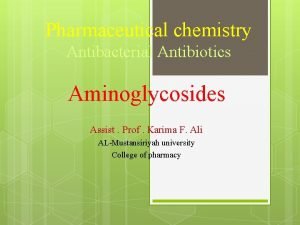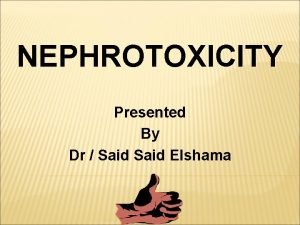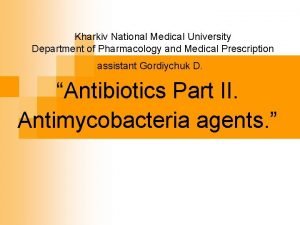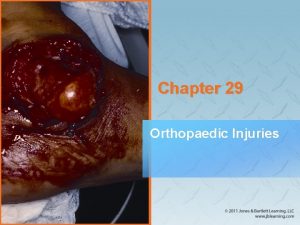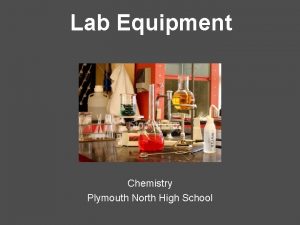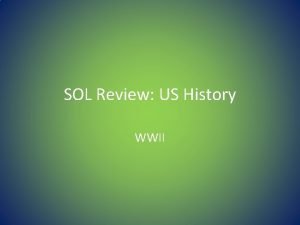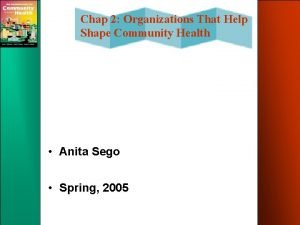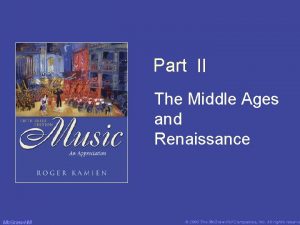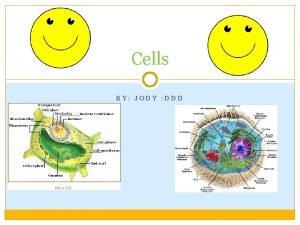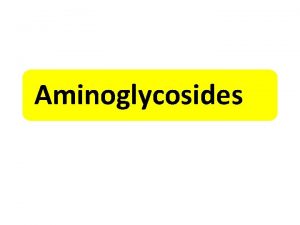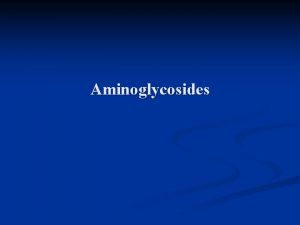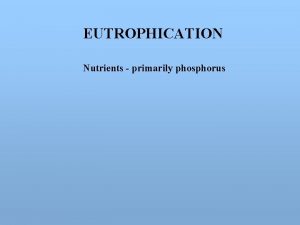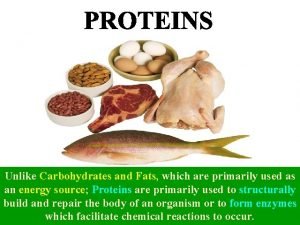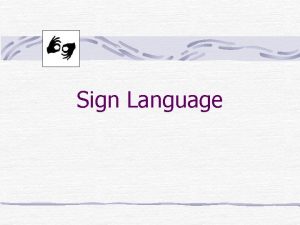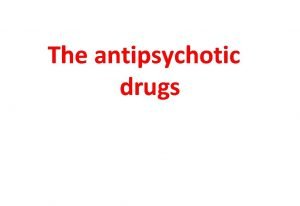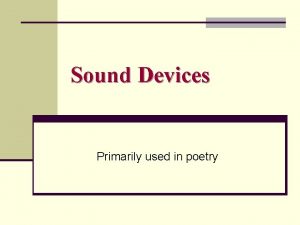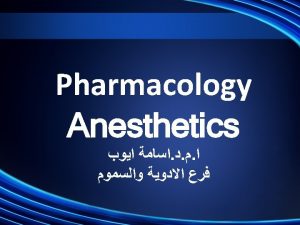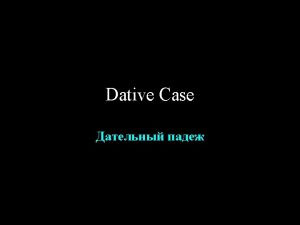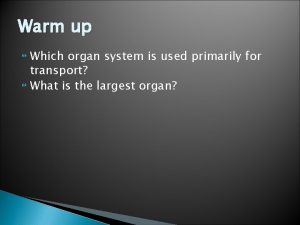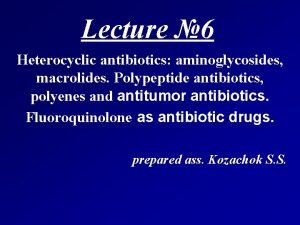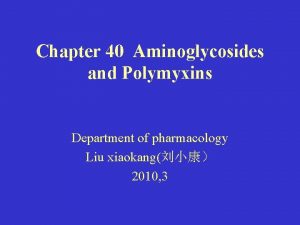Aminoglycosides The Aminoglycosides are used primarily in the



























- Slides: 27

Aminoglycosides

The Aminoglycosides are used primarily in the treatment of infections caused by Gm –ve microorganisms. v The major clinically important aminoglycosides are: - Amikacin - Gentamicin - Kanamycin - Netilmicin - Neomycin - Paromomycin - Streptomycin - Tobramycin v Aminoglycosides which are derived from: - Streptomyces genus are named with the suffix –mycin. - While those which are derived from Micromonospora are named with the suffix –micin.

v Aminoglycosides are so named because their structures consist of amino sugars linked glycosidically. * All have at least one aminohexose * Some have a pentose lacking an amino group (e. g. streptomycin, neomycin and paromomycin). v All are available as sulfates. v They distribute well into most body fluids, but not into the central nervous system, bone, or fatty or connective tissues. v Aminoglycosides tend to concentrate in kidney and are excreted by glomerular filteration.

Physical and chemical properties: Ø They are water-soluble due to their polar groups (hydroxyl and amine groups), stable in solution and more active at alkaline than at acid p. H. Ø Aminoglycosides frequently exhibit synergism with β-lactams or vancomycin. However, aminoglycosides may complex with β-lactam drugs, resulting in loss of activity and they should not be mixed together for administration.

Streptomycin sulfate Neomycin sulfate

Kanamycin sulfate Amikacin

Gentamicin sulfate

Netilmicin sulfate

Spectrum of activity v Aminoglycosides are classified as broad-spectrum antibiotics, they used for treatment of serious systemic infections caused by aerobic Gm –ve bacilli. v Aerobic Gm –ve and Gm +ve cocci (with the exception of Staphylococci) tend to be less sensitive to aminoglycosides and thus the β-lactam and other antibiotics tend to be preferred for the treatment of infections caused by these organisms. Single daily dosing q Single daily doses of aminoglycosides are at least as effective as and no more toxic than multiple daily doses.

THERAPEUTIC USES n Severe , complicated infections. n Often combined with β-lactams.

STREPTOMYCIN n Bacterial endocarditis (combined with a penicillin or vancomycin). n Tuberculosis.

Gentamicin, Tobramycin, Netilmicin and Amikacin n Similar in clinical indications and range of activity. n Gentamicin is often preferred but resistance may limit its use.

THERAPEUTIC USES n Serious gram negative infections especially those due to Pseudomonas, Enterobacter, Klebsiella, Serratia etc. n UTI’s, bacteremia, meningitis, infected burns, pneumonia, osteomyelitis, ear infections etc.

THERAPEUTIC USES n Severe Pseudomonas infections are best treated with one of these 4 AG’s plus an antipseudomonal penicillin or cephalosporin. n Gentamicin combined with a penicillin is often used to treat bacterial endocarditis.

THERAPEUTIC USES n Tobramycin is often used in pseudomonal infections. n Amikacin is used as the preferred agent in hospitals. n Netilmicin- may be useful in resistant infections.

DRUG INTERACTIONS n Antipseudomonal penicillins inactivate aminoglycosides. n Ethacrynic acid and other loop diuretics. n Nephrotoxic agents. n Neuromuscular blocking agents.

THERAPEUTIC USES OF THE AMINOGLYCOSIDES Streptomycin T. B. , Endocarditis Gentamicin Endocarditis, gram negative infections, Pseudomonas Tobramycin Gram negative infections, Pseudomonas Amikacin Reserve drug for gram negativeinfections

Nascent polypeptide chain A 50 S Transferase site aa m. RNA template P 30 S Mechanism of action of Aminoglycosides AG’s

Mature protein Blocks initiation Growing polypeptide 5’ 50 S 3’ 30 S 3’ Premature termination 5’ 5’ AUG Wrong amino acid is incorporated 3’ X 5’ AUG m. RNA translation + aminoglycoside Effects of Aminoglycosides 3’

Aminoglycosides on Protein Synthesis Mature Protein Blocks initiation 5’ Growing Polypeptide 5’ AUG Premature 3’ 50 S 3’ termination 3’ 5’ X 30 S + m. RNA translation Amino Glycoside 5’ Incorporation of wrong amino acid 3’

MECHANISM OF ACTION n Exact mechanism of cell death is unknown. n Postantibiotic effect.

RESISTANCE n Alterations in ribosomal proteins. n Decreased permeability to the antibiotic.

Adverse reaction: 1 - Nephrotoxicity 2 - Ototoxicity 3 - Neurotoxicity 4 - Neuromuscular blockade Additional adverse reactions with administration of aminoglycosides may include: nausea, vomiting, anorexia, rash, and urticaria.

Contraindications: Ø Aminoglycosides should not be given to patients requiring long term therapy because of the potential for ototoxicity and nephrotoxicity. Ø These drugs are contraindicated in patients with: - Preexisting hearing loss - Myasthenia gravis - Parkinsonism - During lactation or pregnancy. Ø The aminoglycosides are used cautiously in patients with renal failure, in the elderly and in patients with neuromuscular disorders.

ABSORPTION AND DISTRIBUTION n Oral bioavailability is low. n Once daily dosing (postantibiotic effect). n Distribution into most body tissues including the CNS is low.

EXCRETION n Rapidly and almost entirely excreted by glomerular filtration (proportional to creatinine clearance) n Accumulation occurs with impaired renal function

 Insidan region jh
Insidan region jh Aminoglycosides classification
Aminoglycosides classification Aminoglycosides
Aminoglycosides Aminoglycosides
Aminoglycosides Traction splints are used primarily to immobilize
Traction splints are used primarily to immobilize Radial engine valve operating mechanism
Radial engine valve operating mechanism Multilateral netting is used primarily to
Multilateral netting is used primarily to What is this
What is this Right angle rule of the body
Right angle rule of the body During world war 2 this poster was used primarily to
During world war 2 this poster was used primarily to Slotted plastic tip on arrow
Slotted plastic tip on arrow Picture quiz
Picture quiz Wispy clouds that are found at middle elevations
Wispy clouds that are found at middle elevations 4 food chains
4 food chains Deciduous forests are found primarily in africa.
Deciduous forests are found primarily in africa. Earthquake intensity depends primarily on the height of
Earthquake intensity depends primarily on the height of Scope of retailing
Scope of retailing Tenacity despite failure in entrepreneurship
Tenacity despite failure in entrepreneurship Non-governmental health agencies are funded primarily by
Non-governmental health agencies are funded primarily by The flemings and walloons live in
The flemings and walloons live in Guillaume de machaut worked primarily in
Guillaume de machaut worked primarily in Leadership skills are defined in the chapter as
Leadership skills are defined in the chapter as Sextant theory
Sextant theory Popular culture examples
Popular culture examples Financial accounting chapter 1
Financial accounting chapter 1 Guillaume de machaut worked primarily in
Guillaume de machaut worked primarily in Small grain like body made primarily of rna
Small grain like body made primarily of rna Humanities art appreciation
Humanities art appreciation

